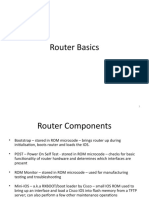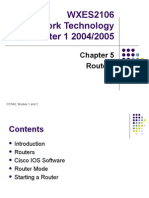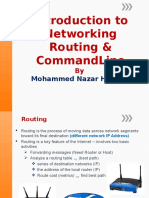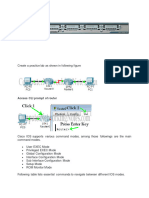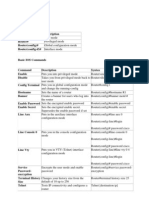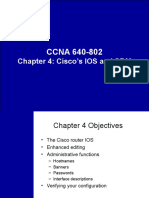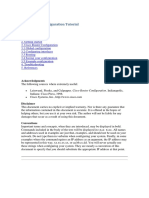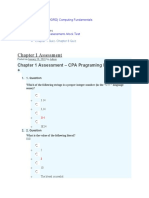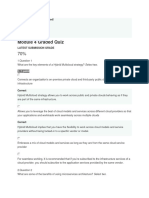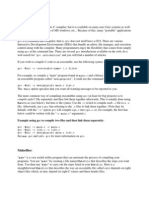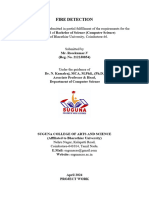0% found this document useful (0 votes)
14 views30 pagesLesson 11 Basic Router Configuration
The document provides an overview of basic router configuration, including the parts of a router, its interfaces, and configuration modes. It details the initial startup process of Cisco routers, the characteristics of various types of memory, and the command-line interface (CLI) modes for configuration. Additionally, it outlines commands for configuring router settings such as hostname, passwords, and interfaces, as well as show commands for troubleshooting.
Uploaded by
mberengakelvin0Copyright
© © All Rights Reserved
We take content rights seriously. If you suspect this is your content, claim it here.
Available Formats
Download as PPT, PDF, TXT or read online on Scribd
0% found this document useful (0 votes)
14 views30 pagesLesson 11 Basic Router Configuration
The document provides an overview of basic router configuration, including the parts of a router, its interfaces, and configuration modes. It details the initial startup process of Cisco routers, the characteristics of various types of memory, and the command-line interface (CLI) modes for configuration. Additionally, it outlines commands for configuring router settings such as hostname, passwords, and interfaces, as well as show commands for troubleshooting.
Uploaded by
mberengakelvin0Copyright
© © All Rights Reserved
We take content rights seriously. If you suspect this is your content, claim it here.
Available Formats
Download as PPT, PDF, TXT or read online on Scribd
/ 30











